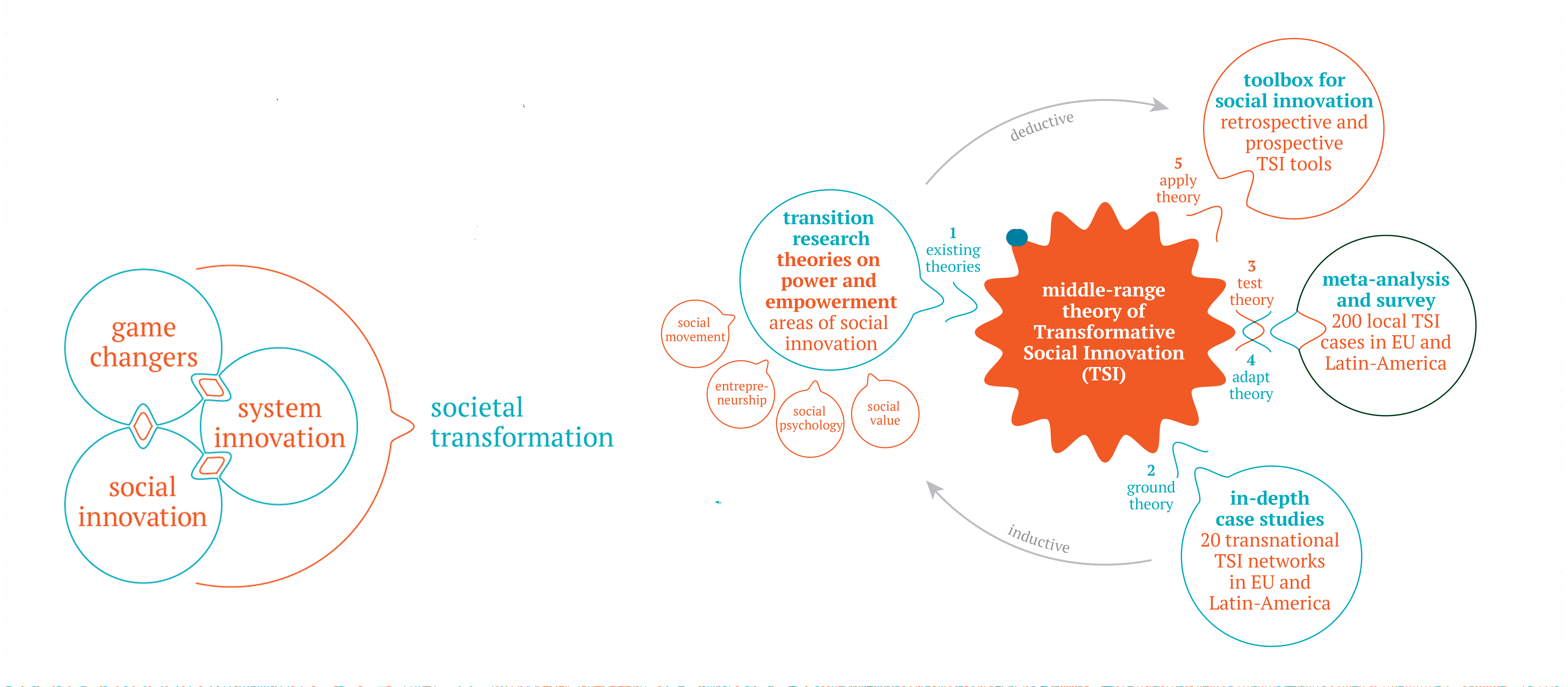"Der Verfassungsschutz hat die Aufgabe, Bürger vor Verfassungsfeinden zu schützen."
und wer schützt mich vor "bürger"? also vor "zivilisten"?
das hier ist noch mehr sozialdarwinismus, also "survival of the social",<br />
also sozialisten, die unter sich sein wollen in ihrer echokammer, eugenik.<br />
"antisoziale" menschen sollen ausgerottet werden, euthanasie.
der witz ist, ein antisoziales weltbild ist angeboren,<br />
es ist ausdruck von angeborenem persönlichkeitstyp.
erziehung kann den subtyp ändern,<br />
aber wir brauchen alle persönlichkeitstypen für eine "gerechte" welt,<br />
für ein biodynamisches gleichgewicht, für symbiose.
also die sozialdarwinisten sagen:<br />
"die natur ist schuld, dass unser sozialismus nicht funktioniert,<br />
also müssen wir eine hälfte der natur ausrotten."
ich sage:<br />
"wenn ihr die halbe natur ausrotten müsst, damit eure erwartungen erfüllt werden,<br />
dann habt ihr falsche erwartungen."
aber ja... sozialisten (und pazifisten) sind schon circa 10.000 jahre auf diesem "trip",<br />
dass sie die natur "beherrschen" müssen, damit ihre "schöne" zivilisation funktioniert.
und wie immer, diese idealisten interessieren sich keine sekunde für das "hier und jetzt",<br />
sondern es geht immer um eine "bessere" zukunft oder ein "besseres" leben nach dem tod.
also die sozialisten marschieren wieder...<br />
in dem sinn: leute, wir sehn uns im knast


